Buy or gift a stand-alone digital subscription and get unlimited access to dozens of back issues for just £18.99 / $18.99 a year.
Please register at www.exacteditions.com/digital/cornucopia with your subscriber account number or contact subscriptions@cornucopia.net
Buy a digital subscription Go to the Digital EditionTurkey’s northeastern neighbour, Georgia, is a fairytale country with a hard edge, and its entrancing landscape of isolated hilltop cathedrals and medieval monasteries just demands to be explored. Min Hogg tells the story of her visit in words and pictures
September 12, 2001 was not a date anybody would have chosen to be jetting off to Georgia. Even to ardent travelling members of the National Art Collections Fund UK and our hosts, Specialtours, it felt odd, rash even, especially considering how many of our geographically wobbly friends and families were leaping to the conclusion that Georgia, which is in the Caucasus, is a fundamentally Islamic country on the doorstep of Afghanistan. Wrong. Georgia straddles that neck of land separating the Black Sea from the Caspian and became largely Christian long before anywhere in western Europe. It seized independence from the Soviet Union in 1991, but Russia was only the last in a string of conquerors to have overrun the land in the past 3,000 years. In spite of it all, the Georgians display an indomitable national character – they all descend from Noah – and have their very own squiggly alphabet, language and currency.
Day one
As is de rigueur on organised tours, we have a sleepless night before embarking on our first day in Tbilisi (ex Tiflis), Georgia’s capital, and it does not augur well that the State Museum and the Museum of Fine Art are both shut, out of respect for the bombing of New York’s twin towers. Crestfallen, we drive on through parts of old Tbilisi.
At once I am so entranced by the buildings that the museums, with their oodles of gold, quite lose their allure. I only want to leap from the bus and explore on foot. Tantalising cobbled streets rise away from the River Metekhi, with wooden houses in pinks, greens, yellows and blues, all beautifully peeling and with deep, colonnaded verandahs and lacy wooden canopies shaded by vines and wisterias, each one more captivating than the last. The two-edged sword of restoration is yet to come. There are glimpses through massive plane trees bordering the river of similar buildings on the clifftop opposite.
Our bus speeds on to the thirteenth-century Metekhi church. Balanced on a high rock above the town, it is the oldest in Tbilisi. An unusually merry priest chatting outside in the porch leaves us unprepared for the unusually handsome corpse in an open coffin within. Women surrounding the rose-strewn catafalque are impeccably dressed in black lace or chiffon, with visibly teamed underwear. We carry on regardless as the funeral service begins.
Since the majority of Georgian churches are, like mosques, domed, it is sensible to learn the meaning of the architectural term “squinch”. These are the fan-shaped devices by which a dome connects in an aesthetically pleasing way with its supporting columns. Think of half a melon (the dome) raised up on four pillars of cucumber. Where they meet, the join will look uncomfortable. But add squinches to the top of each column and, hey presto, you have architectural serenity. Once you are aware of this, a squinch becomes the very first thing you look out for in a domed building.
While a regular cross-shaped floor plan is obvious inside most Georgian churches, the exterior looks quite different: the typical silhouette is of a many-stepped roof created by turrets, gables and side buildings.
The restaurant where we are to eat has a crazily paved path leading up to it, made from a million blue and white ceramic shards. It feels like walking on an elaborately iced cake. Here we are introduced to a Georgian light lunch of eight starters, soup, three main courses and dessert. Also to my absolutely favourite thing: Georgian bread. Baked in round clay ovens, the long, pointy loaves are slapped onto the inner oven wall to cook and come out gondola-shaped, all golden-crusted, with moist white crumb.
At the food market we buy green figs so ripe and chin-drippingly juicy that they have to be eaten there and then. Beautiful country wives, with strong arms and bronze skins, flash their eyes over mounds of white cheeses, each sculpted on the surface by the weave of the basket in which they have been made.
Exiled by Stalin in 1929, Trotsky went to live on the Princes Islands near Istanbul. For four years he fished, wrote and developed the doctrine of Trotskyism. Remarkable photographs from the David King Collection show a quiet, ordered existence. Norman Stone uncovers the plotting that lay behind it.
Built as way-stations for Orthodox pilgrims on their way to the Holy Land or Mount Athos, the rooftop churches of Karaköy are a forgotten corner of the Motherland in the heart of Istanbul. By Owen Matthews. Photographs by Simon Wheeler
The Russian love affair with the Caucasus has been long and cruel, though the outside world knows little of the multitude of ethnic groups who for millennia have inhabited this remote strip of land the size of France.
Few cities have been served so faithfully by an artist as Istanbul was served, in its twilight years as a great imperial capital, by Fausto Zonaro. By Philip Mansel
Carrots once came in a broad palette of hues – from white, cream and yellow, through pink and deep red to purple and black – as well as variegated versions of them all. Black carrots from the east of Turkey were famed for their medicinal properties.
More cookery features
Turkey’s Kaçkar Mountains, a daunting extension of the Caucasus high above the Black Sea, are only for the intrepid. Ali Özgü Caneri and Kate Clow took advantage of the short trekking season to scale two of the saw-edged summits. Photographs by Kate Clow.
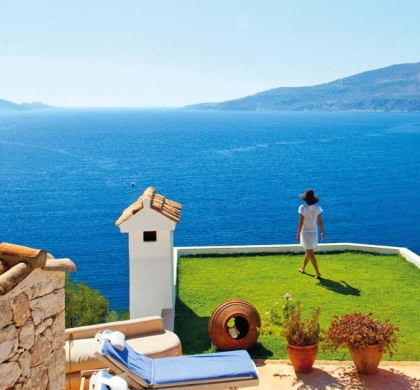
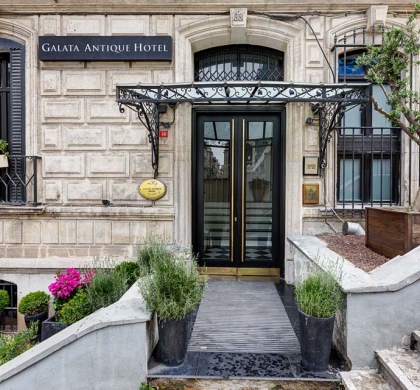
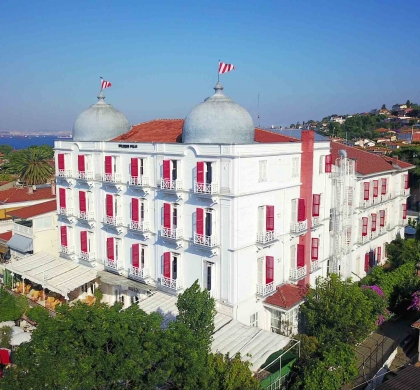
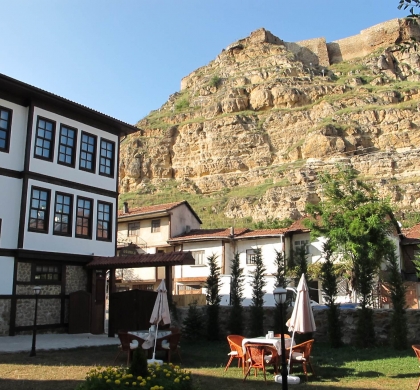
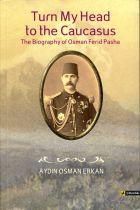
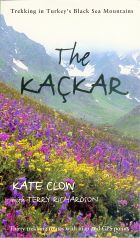
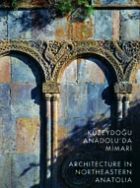
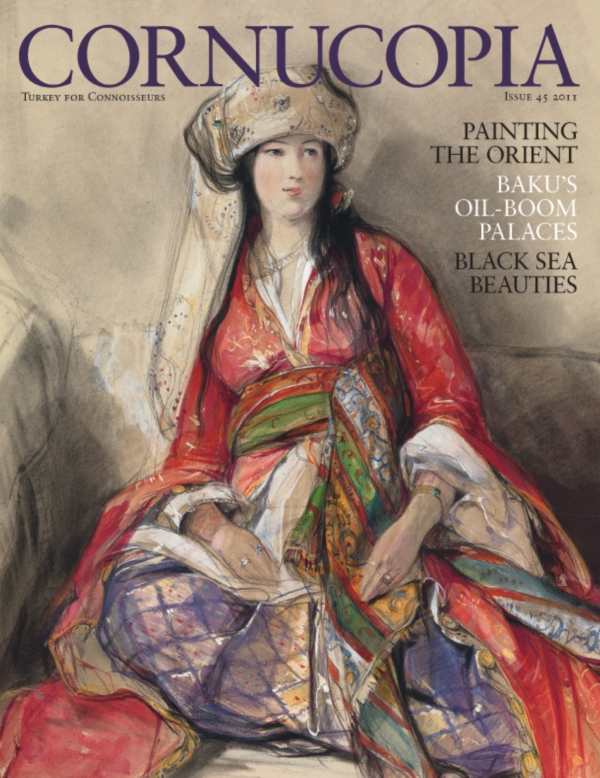

Cornucopia works in partnership with the digital publishing platform Exact Editions to offer individual and institutional subscribers unlimited access to a searchable archive of fascinating back issues and every newly published issue. The digital edition of Cornucopia is available cross-platform on web, iOS and Android and offers a comprehensive search function, allowing the title’s cultural content to be delved into at the touch of a button.
Digital Subscription: £18.99 / $18.99 (1 year)
Subscribe now